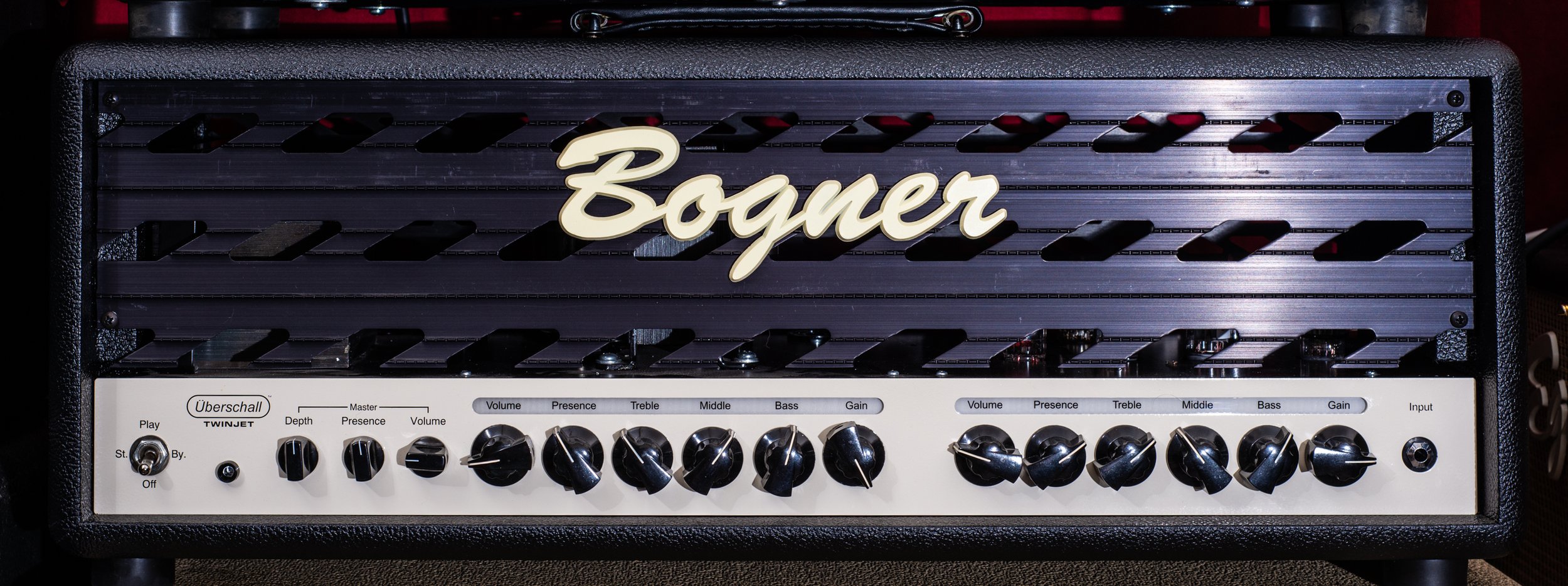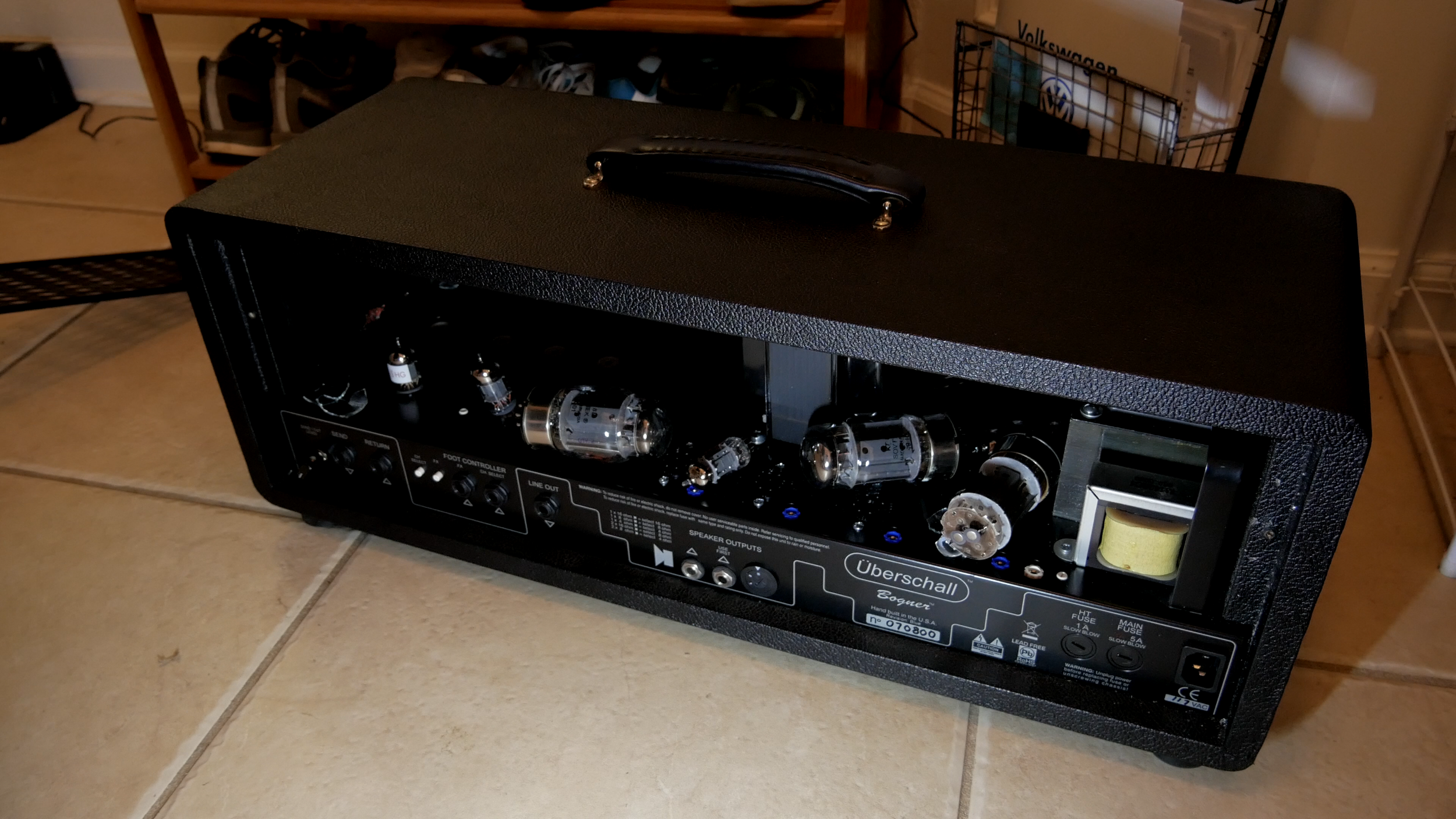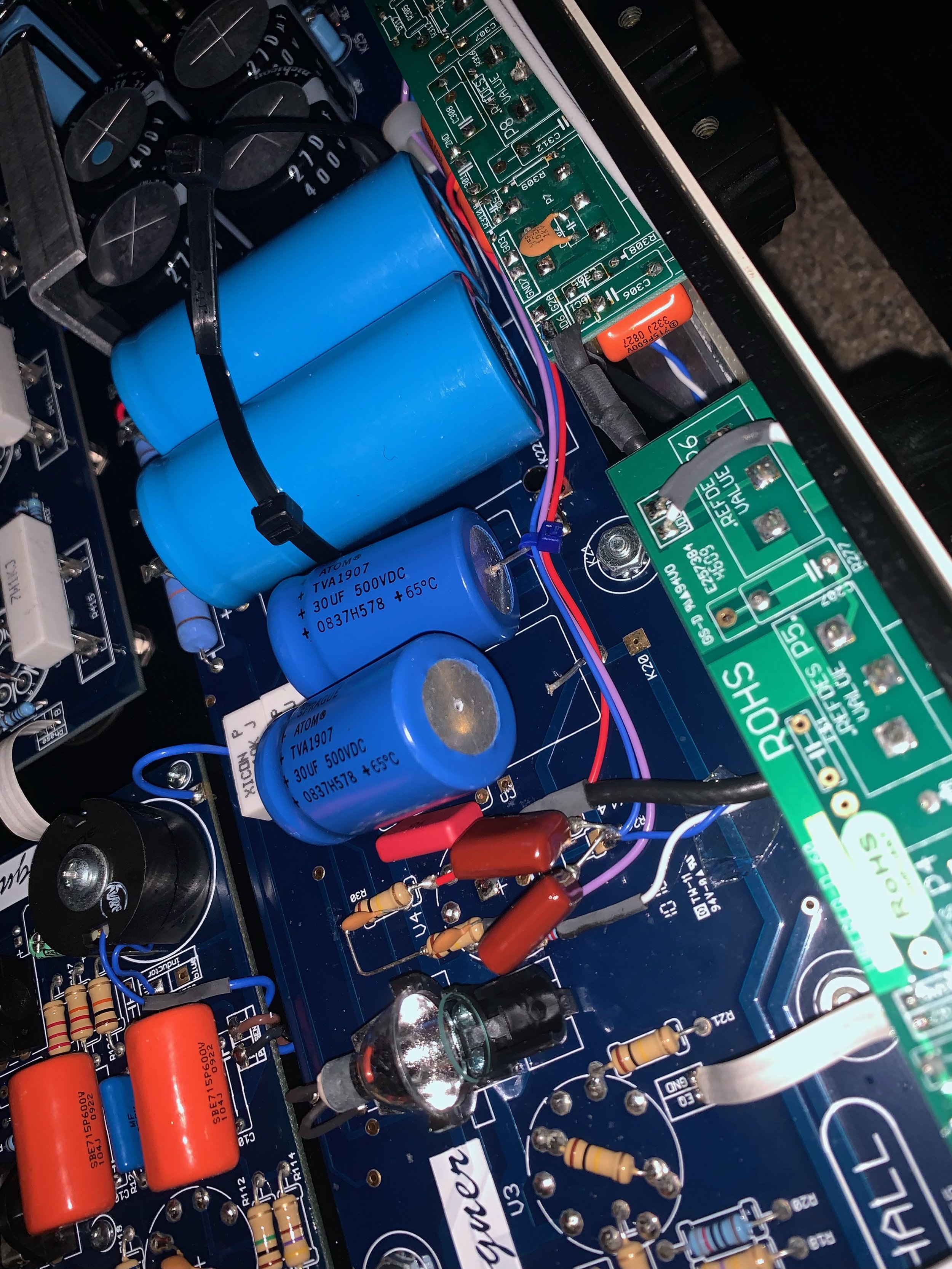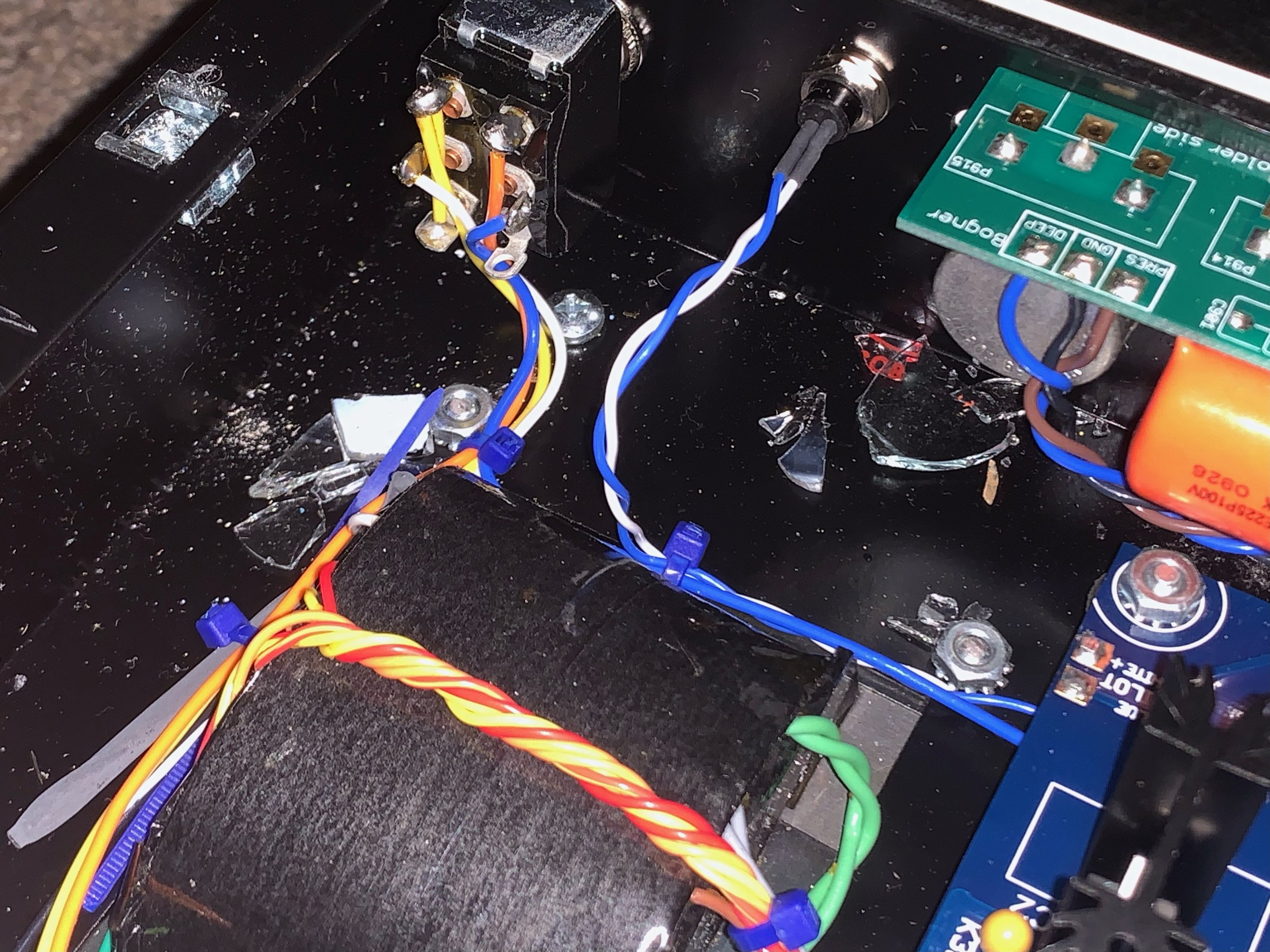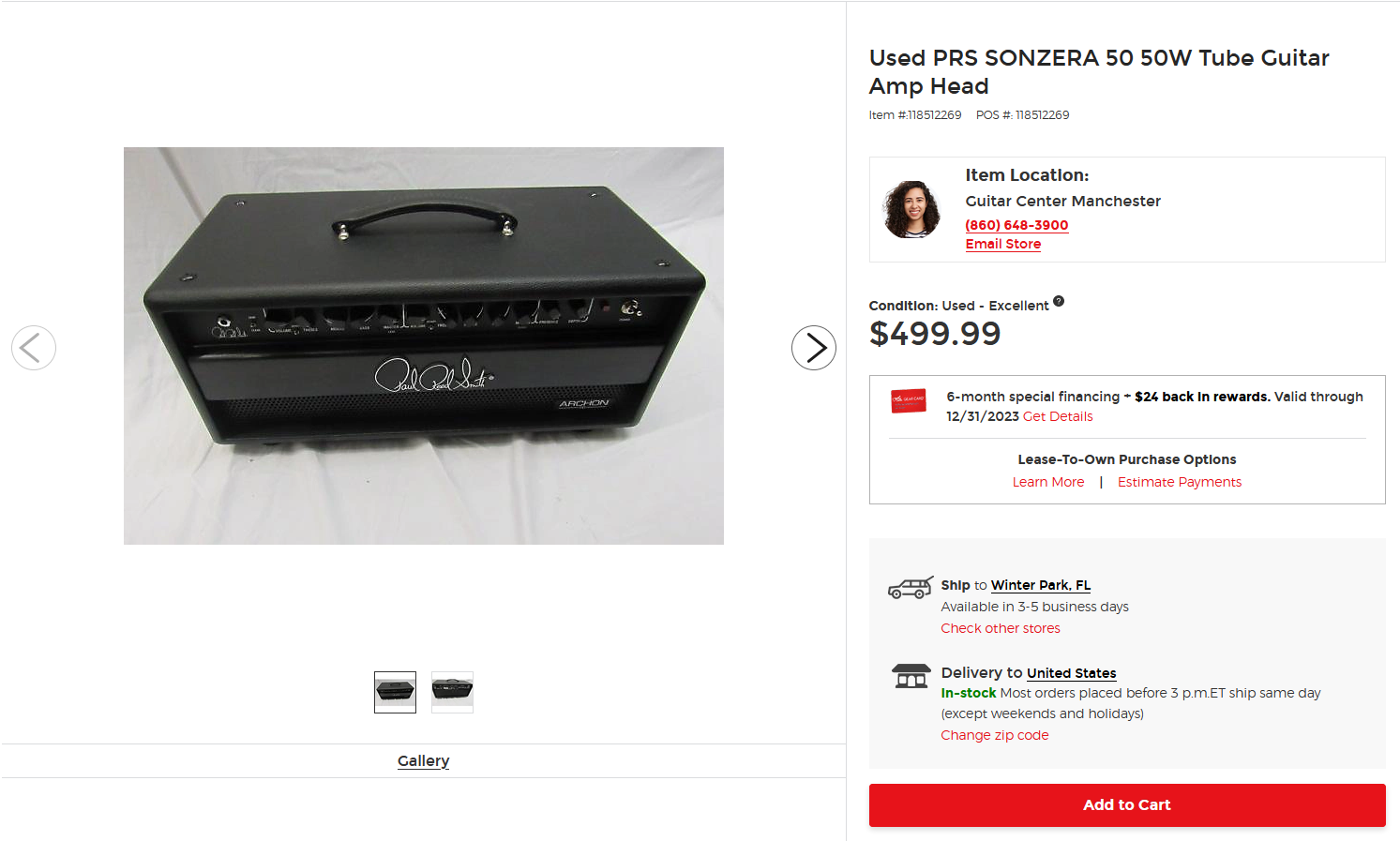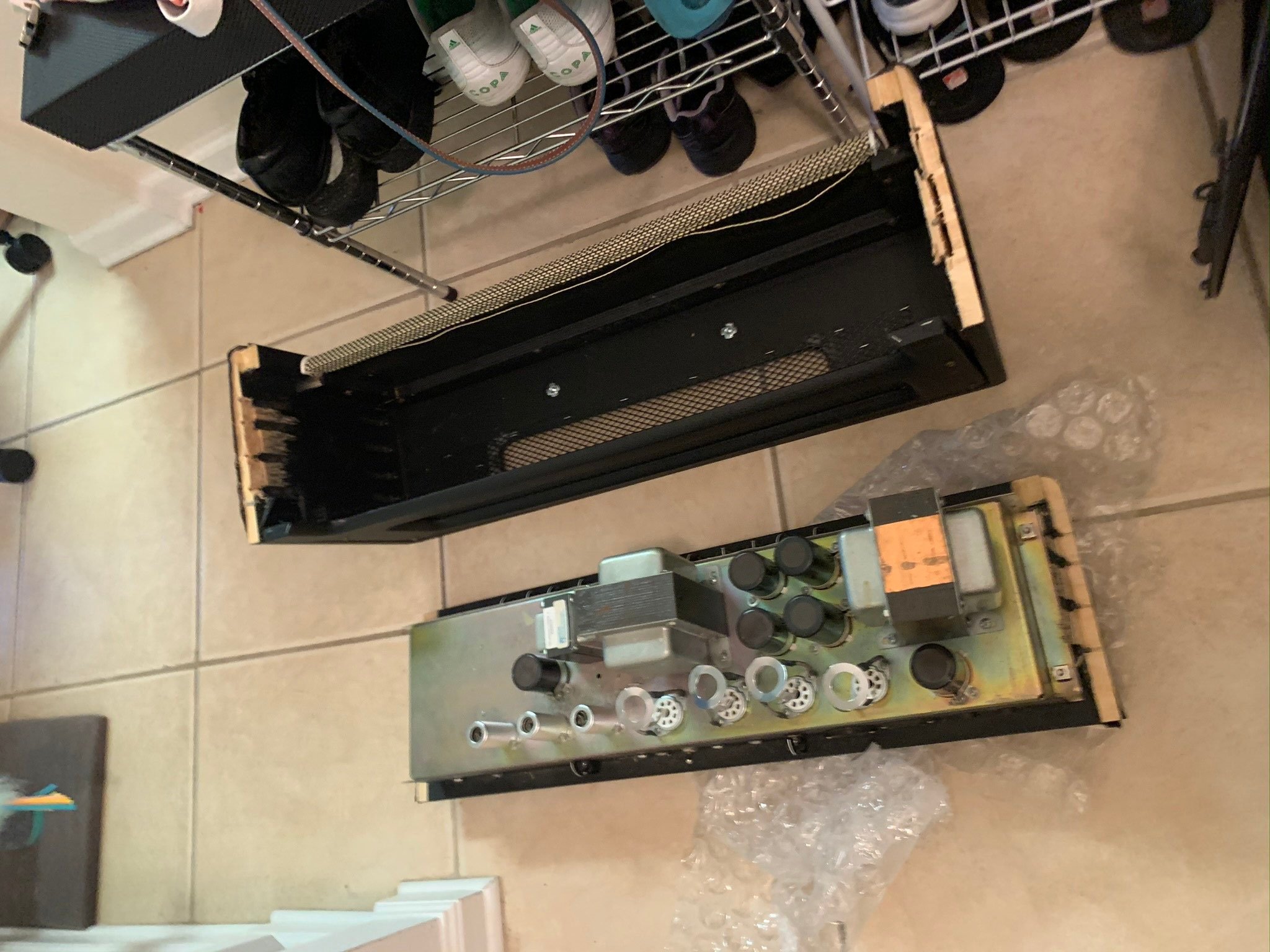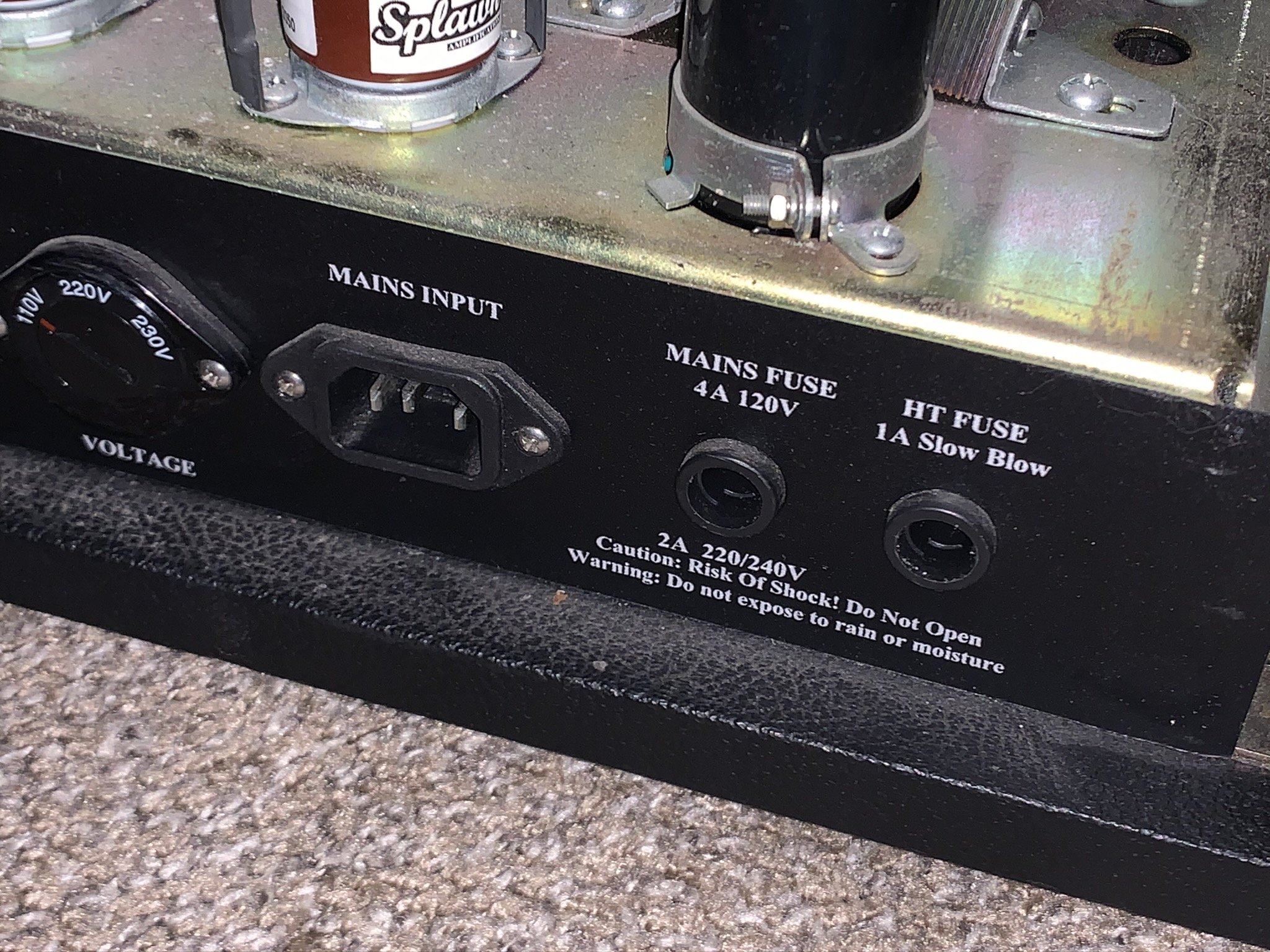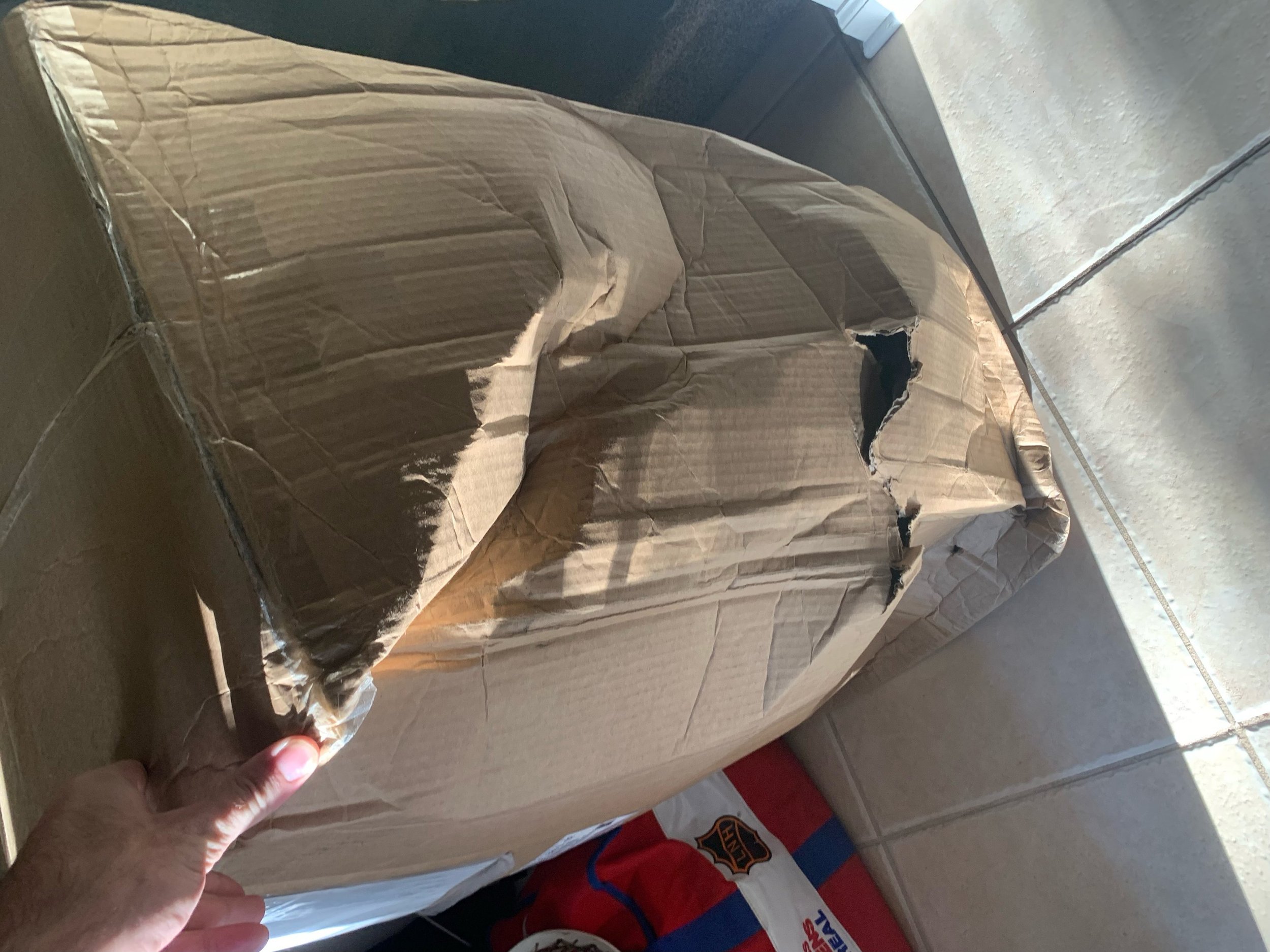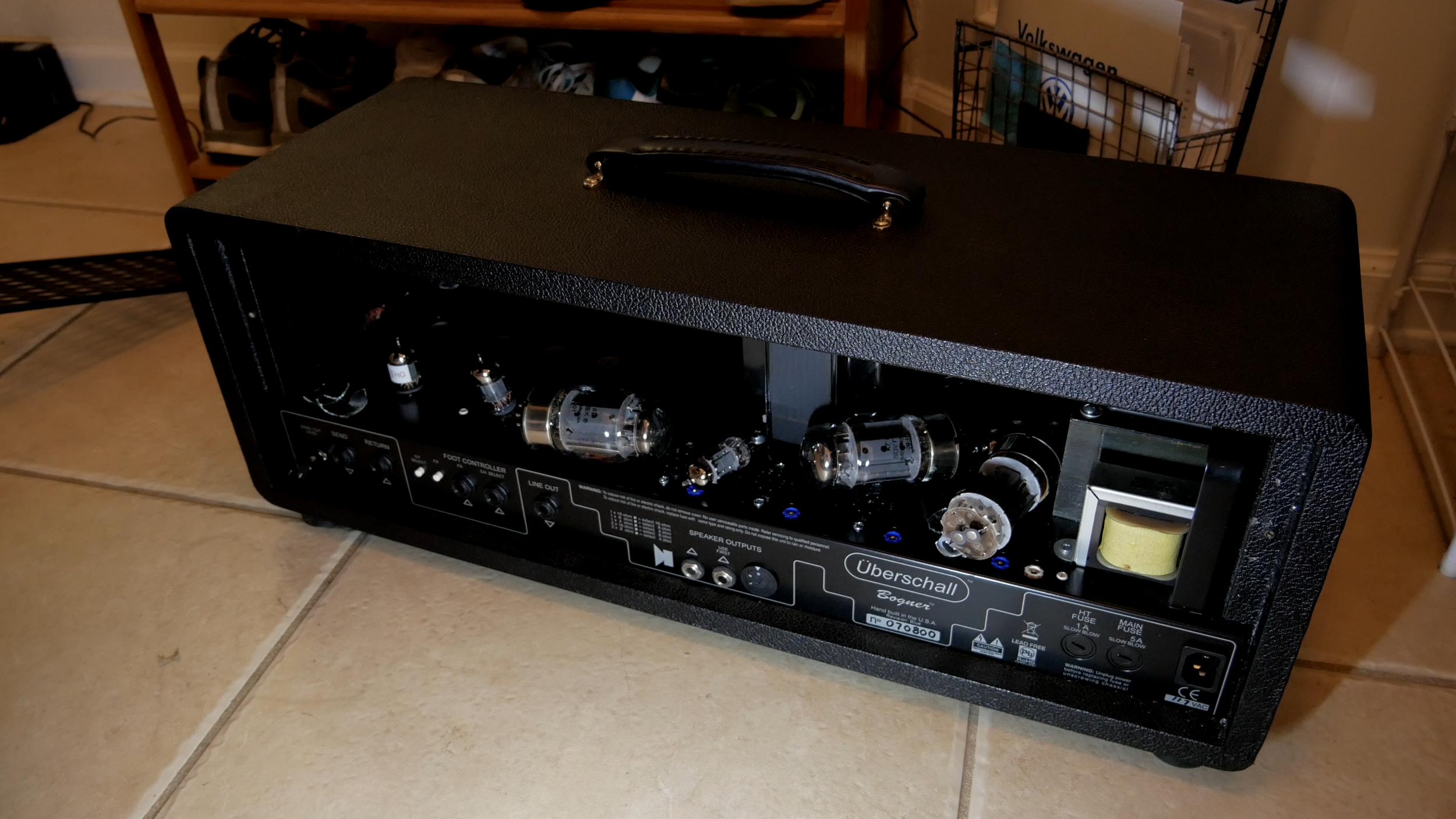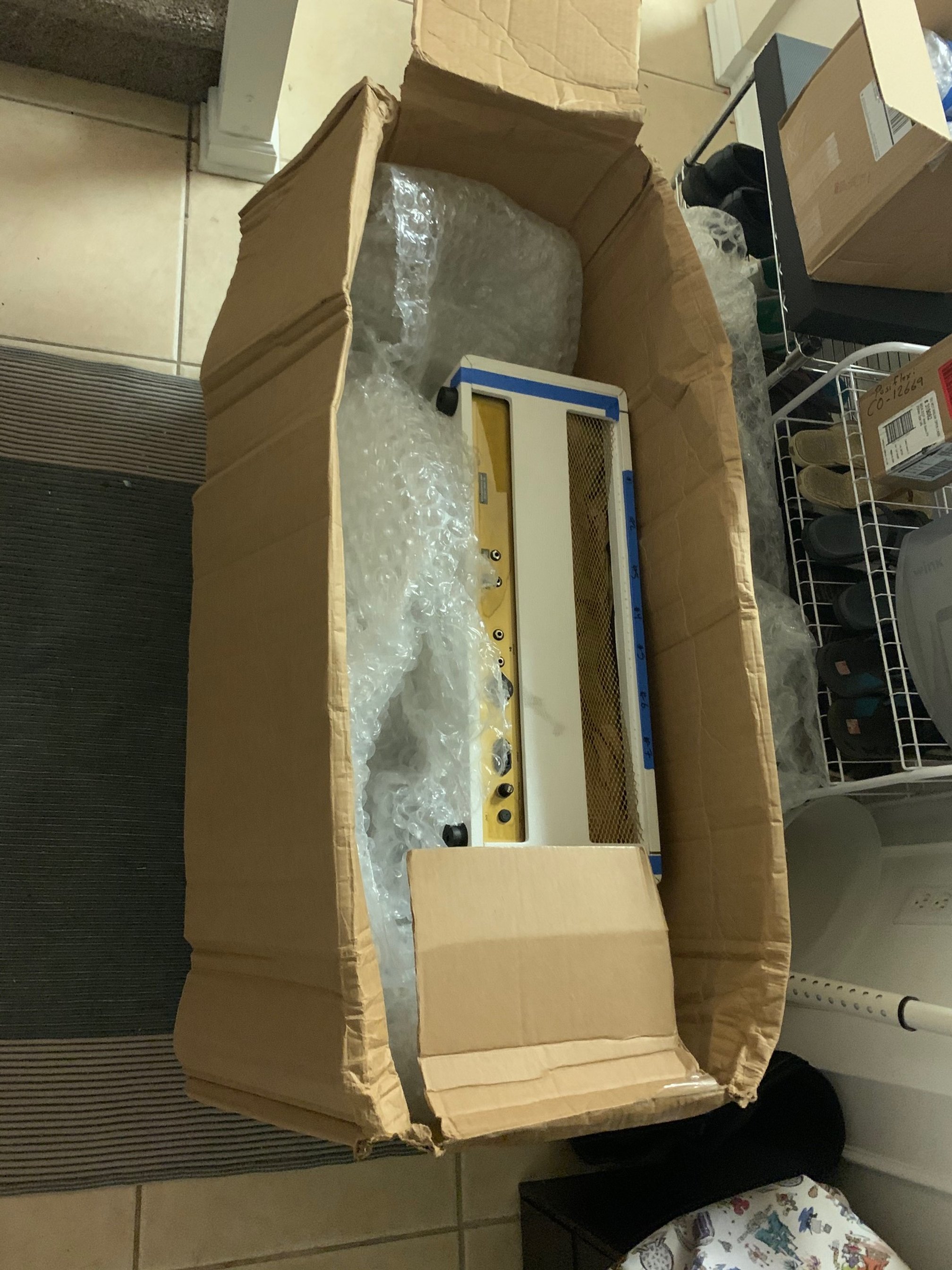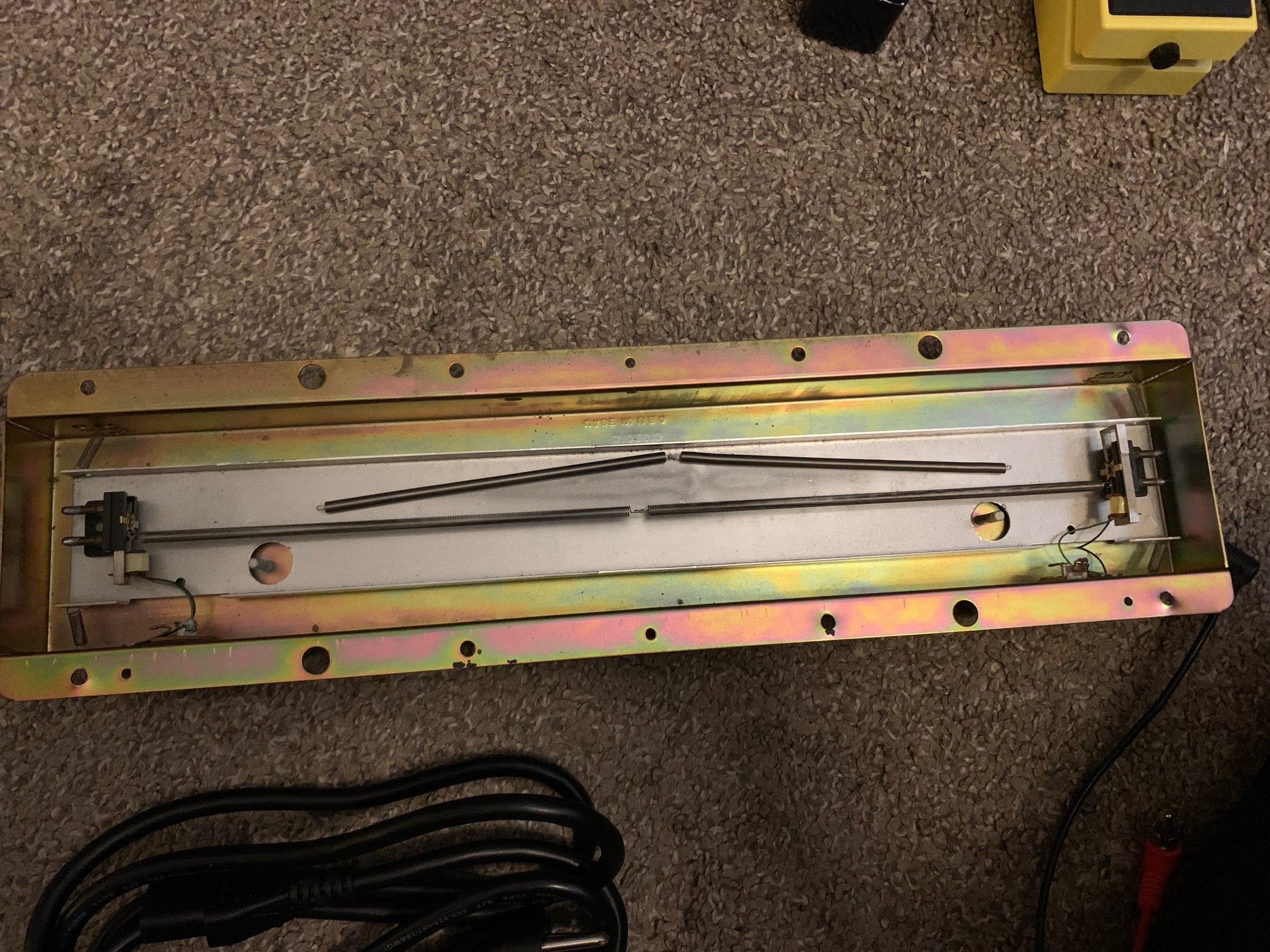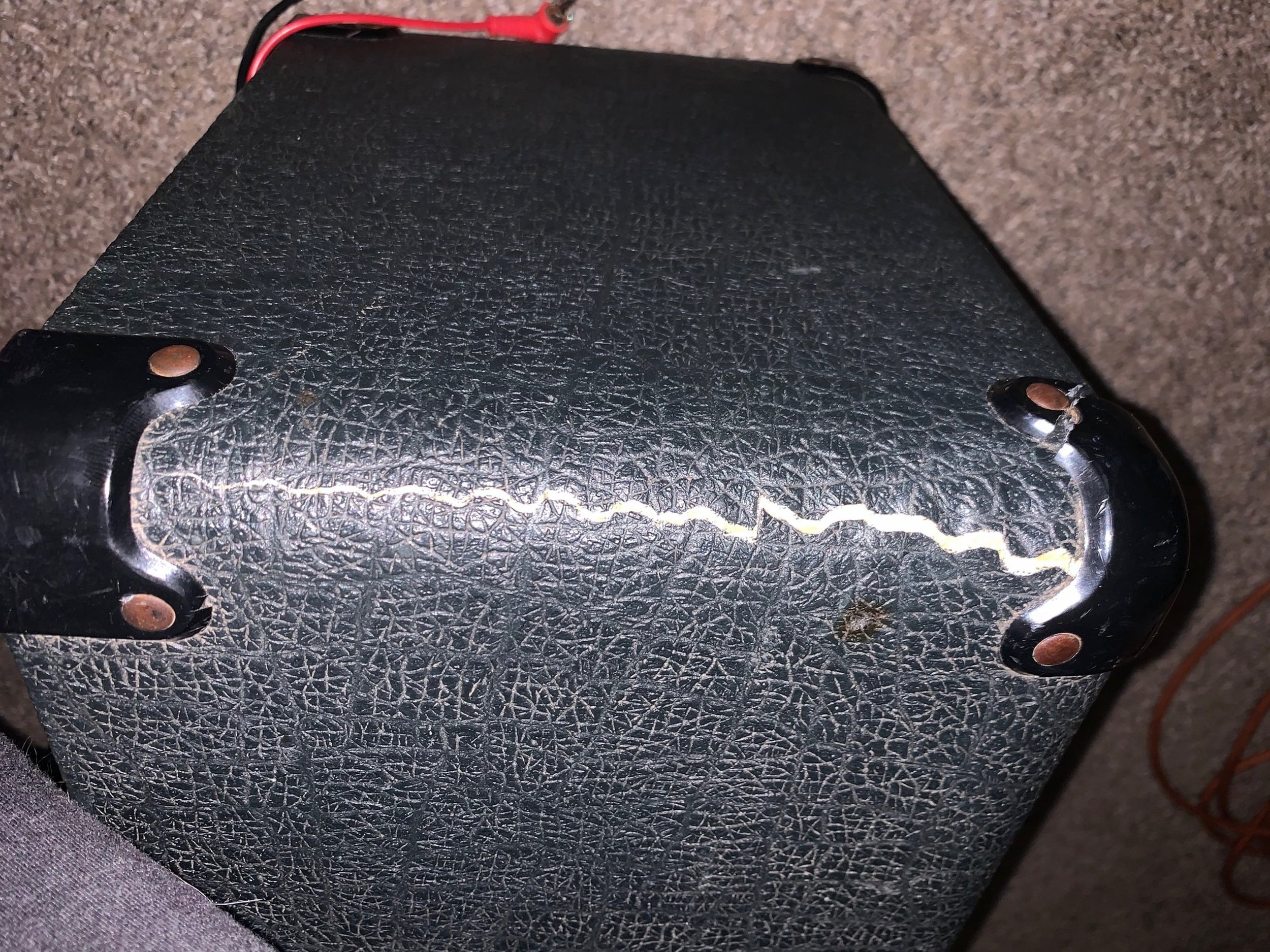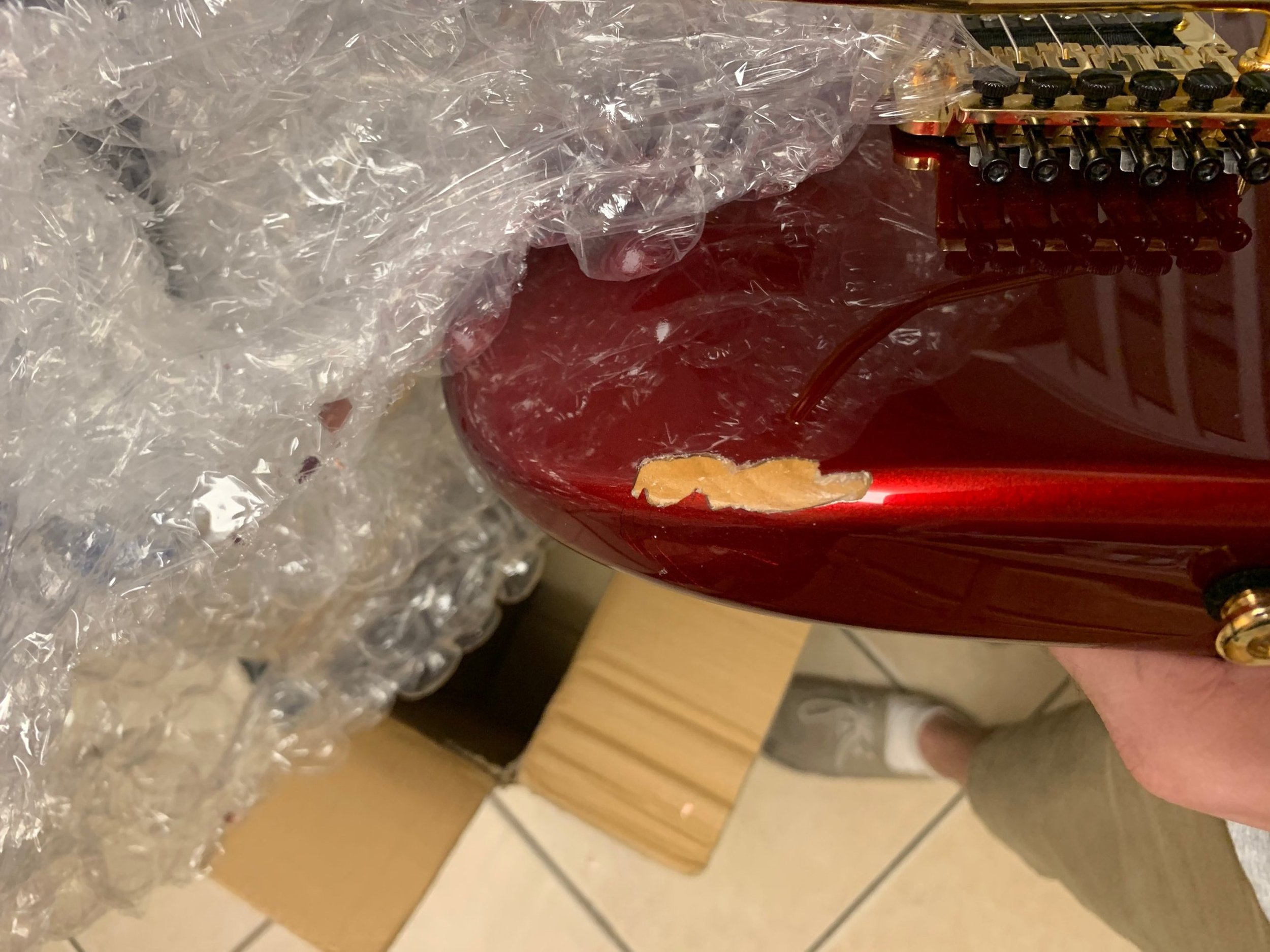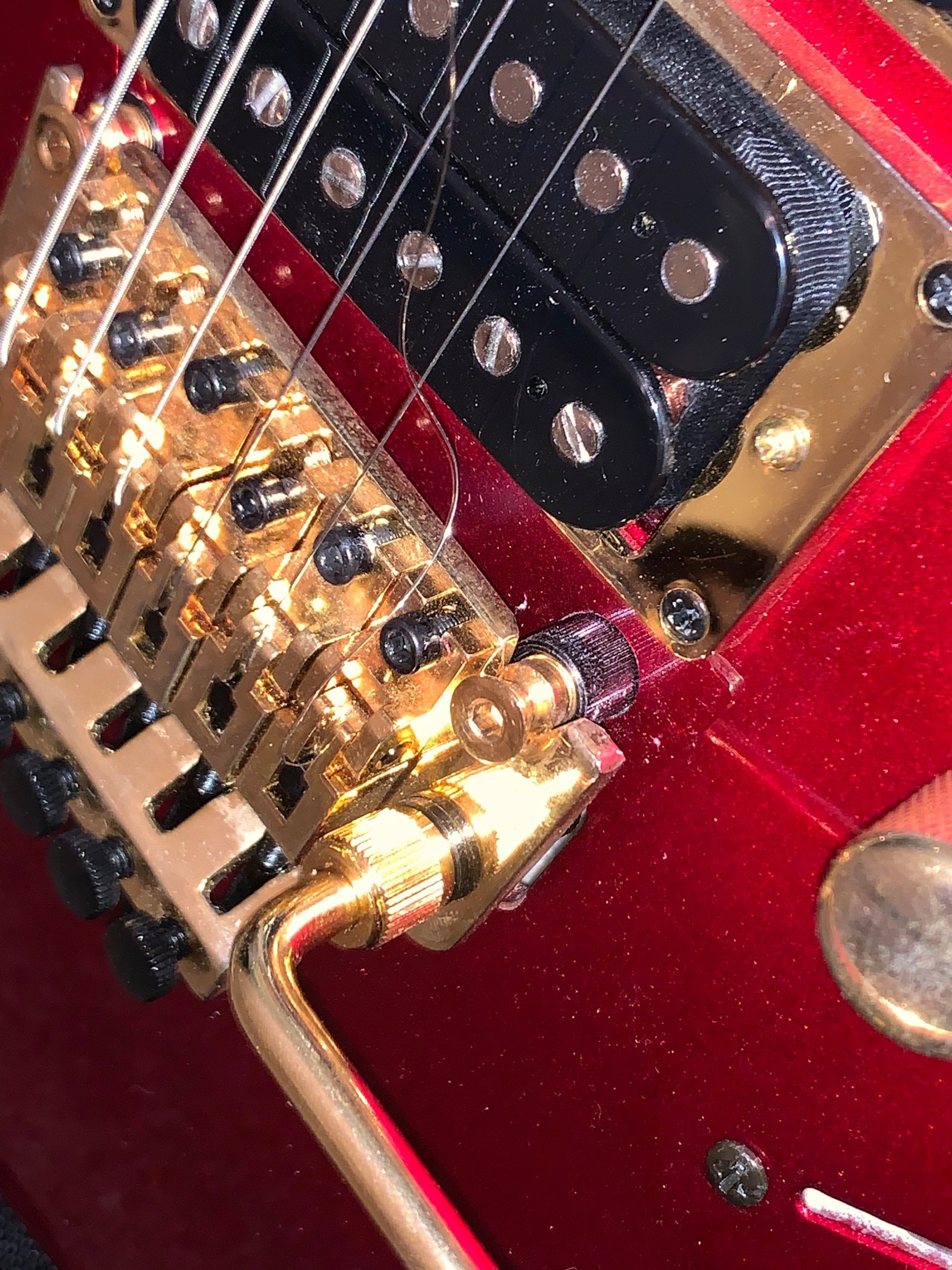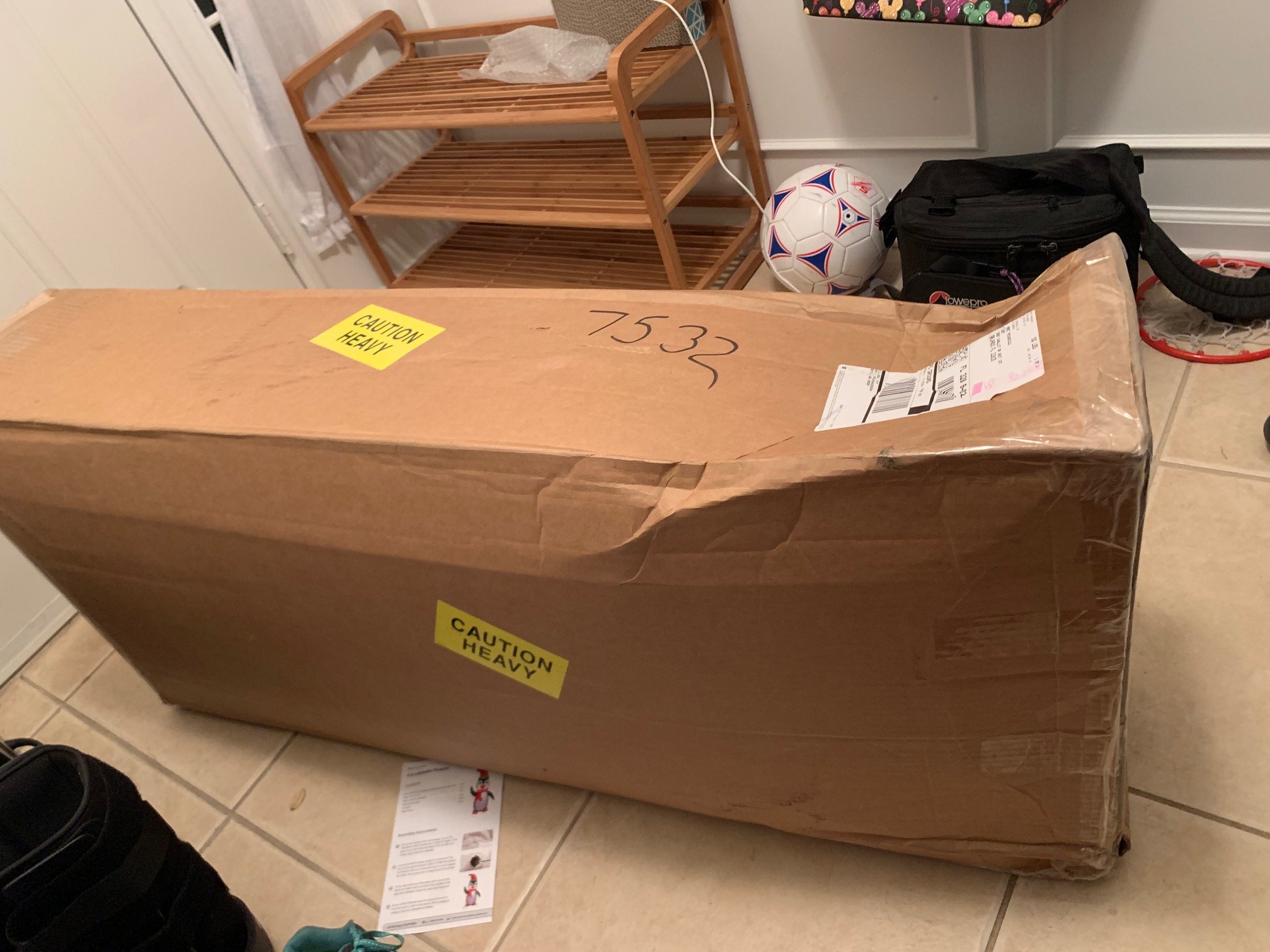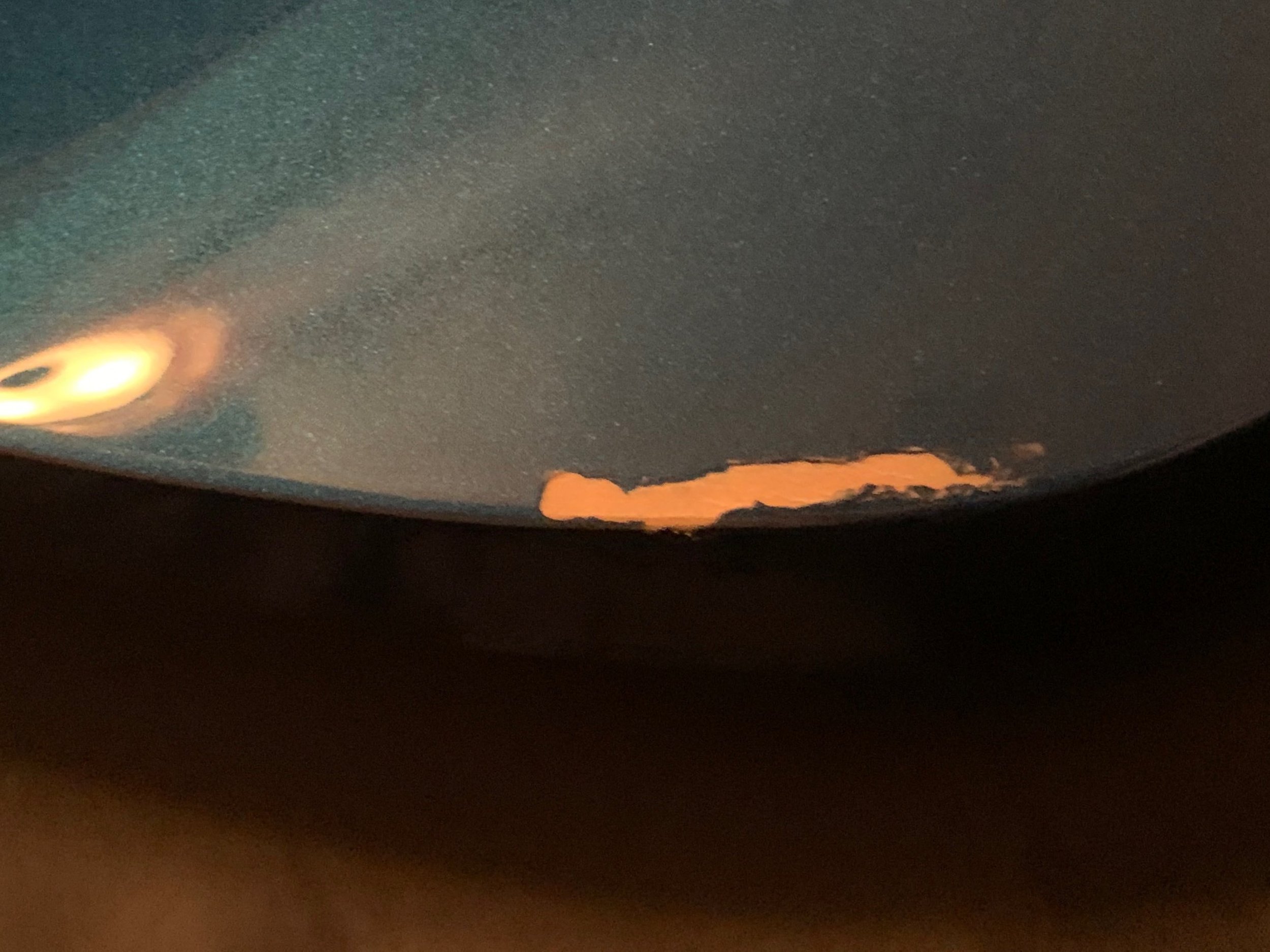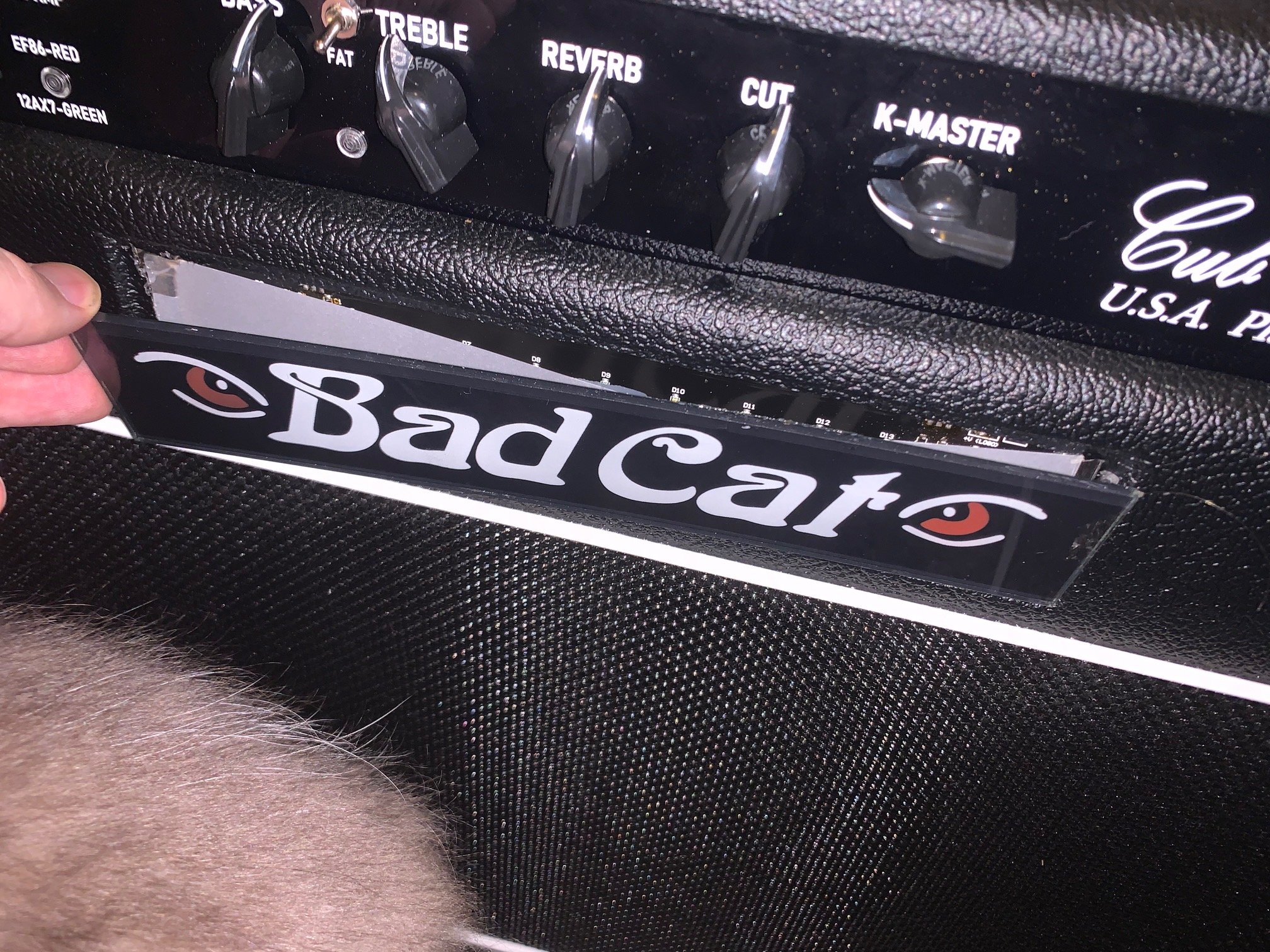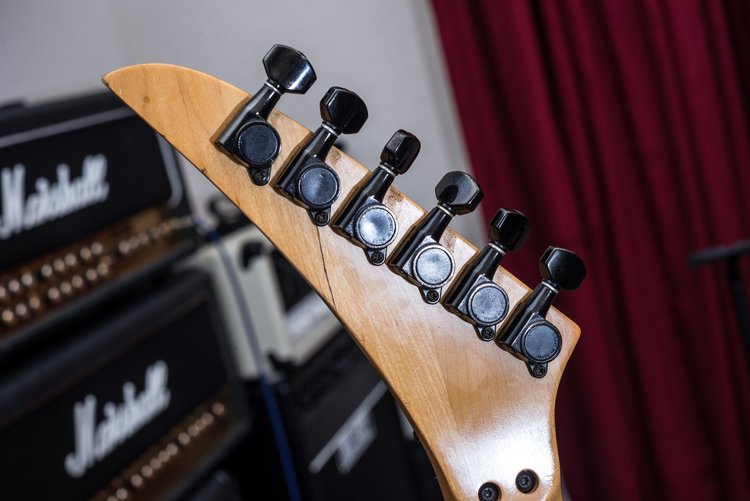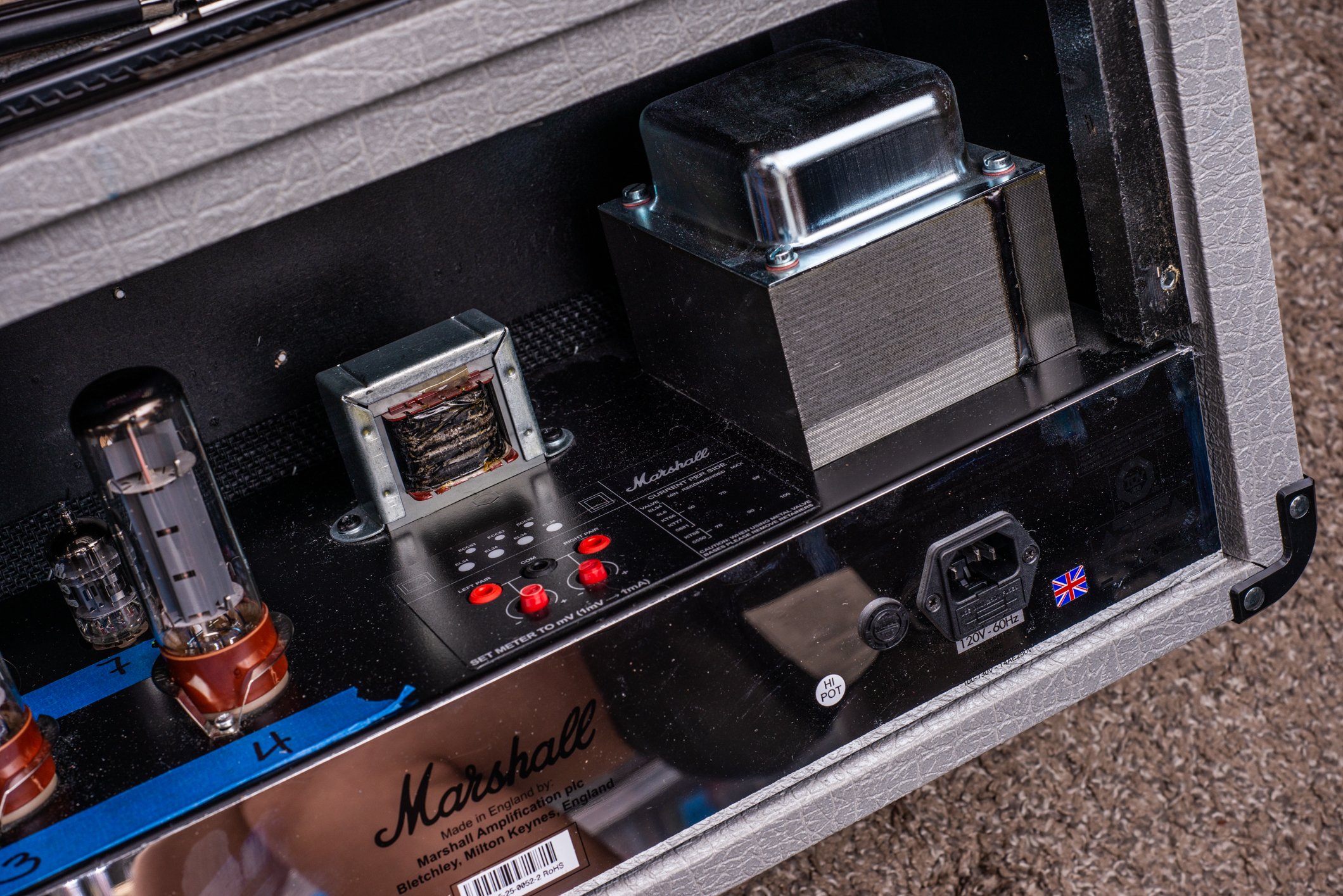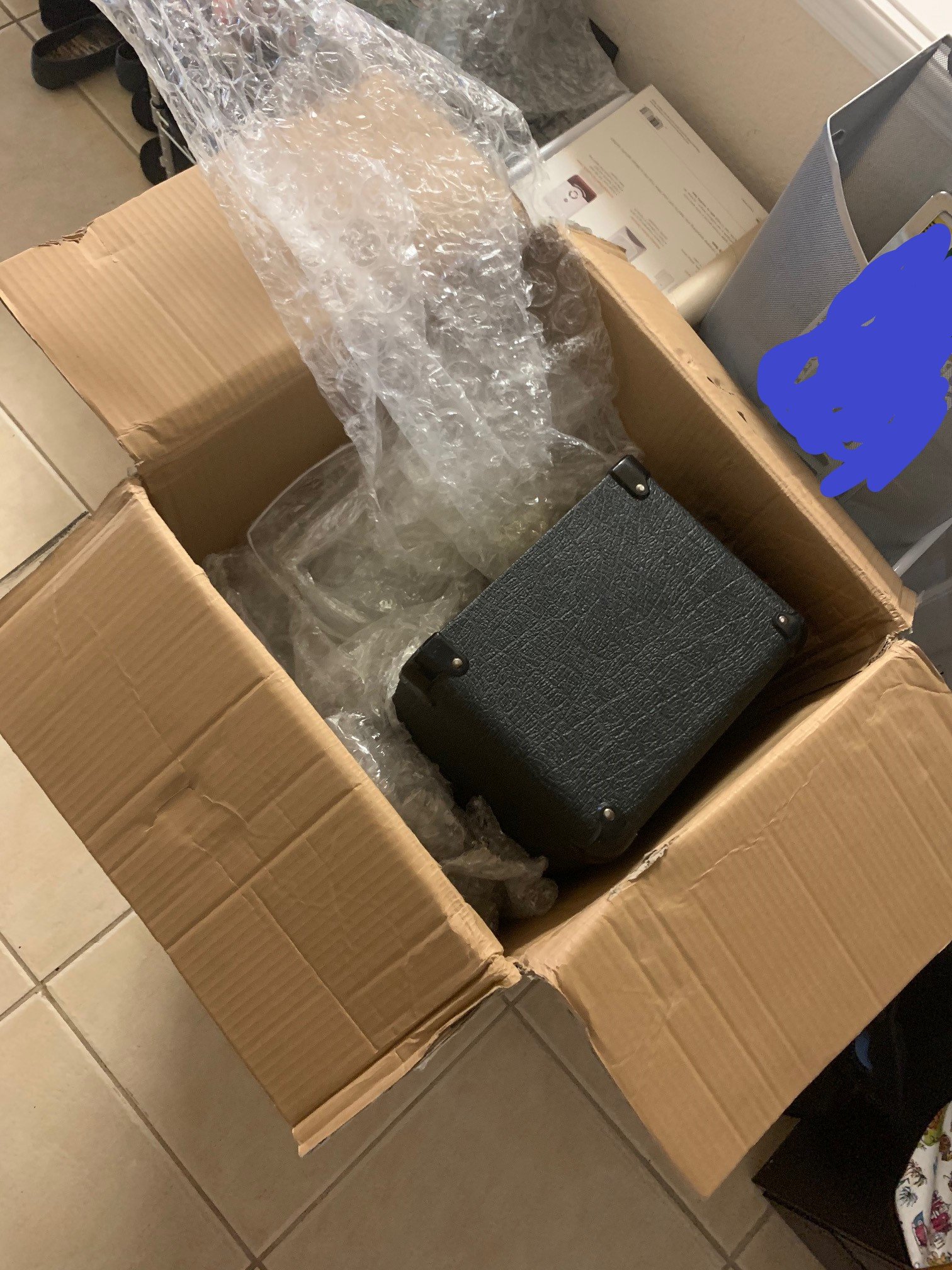I have played Fender Super Sonics a number of times in stores, and always thought they were pretty decent amps, with truly fantastic clean channels and a usable, if not the best, drive channel. I originally was searching for a 60 watt head, but then I played a 22w head in a store and really fell in love with the reverb sound of these amps.
Fender also made a 100w version but this was short lived, lasting only a few years and not moving many units. This amp not only has the onboard reverb like the 22w, but a few additional and unique features. The most obvious one is the clean channel’s gain and middle controls - the 60 and 22 versions only have the classic volume/treble/bass configuration. On the “burn” channel, this amp also has a “Notch Tune” knob which shifts the mid frequencies around. The last notable feature is the auto-biasing feature, which is a small electronic control with a digital display on the rear panel, which allows you to not only use mismatched power tubes, but also run those tubes in hot, cold, or neutral bias settings - very interesting although I don’t notice a massive tonal change doing this.
I’ll do a proper review, but so far I find the clean channel to be absolutely superb, maybe one of the best clean channels I have available, but the burn channel is a little underwhelming at least for any kind of heavier styles. If you leave it purely as a blues or light rock channel, or for music where you are mainly playing clean and just want a little dirt on a lead, it is excellent - but it’s a bit too thick for its own good. The notch tune really makes the amp incredibly thin if you use that to tighten it up, so I prefer it way to the left to thicken up the channel’s lead punch. I do not remember having these feelings about the 22w or 60w versions - I felt the burn channel on those amps sounded fine for classic rock and wasn’t overly thick or thin. Perhaps the addition of the notch tune control affected the tone of this channel too much? I’m not sure - but either way it’s a very unique amp in my collection of mostly metal-oriented gear and a nice option to have. I’m so impressed by the cleans, I think I really need to consider picking up a proper Fender clean head that doesn’t make compromises like this one does - maybe a Bassman or Showman is in my future.


